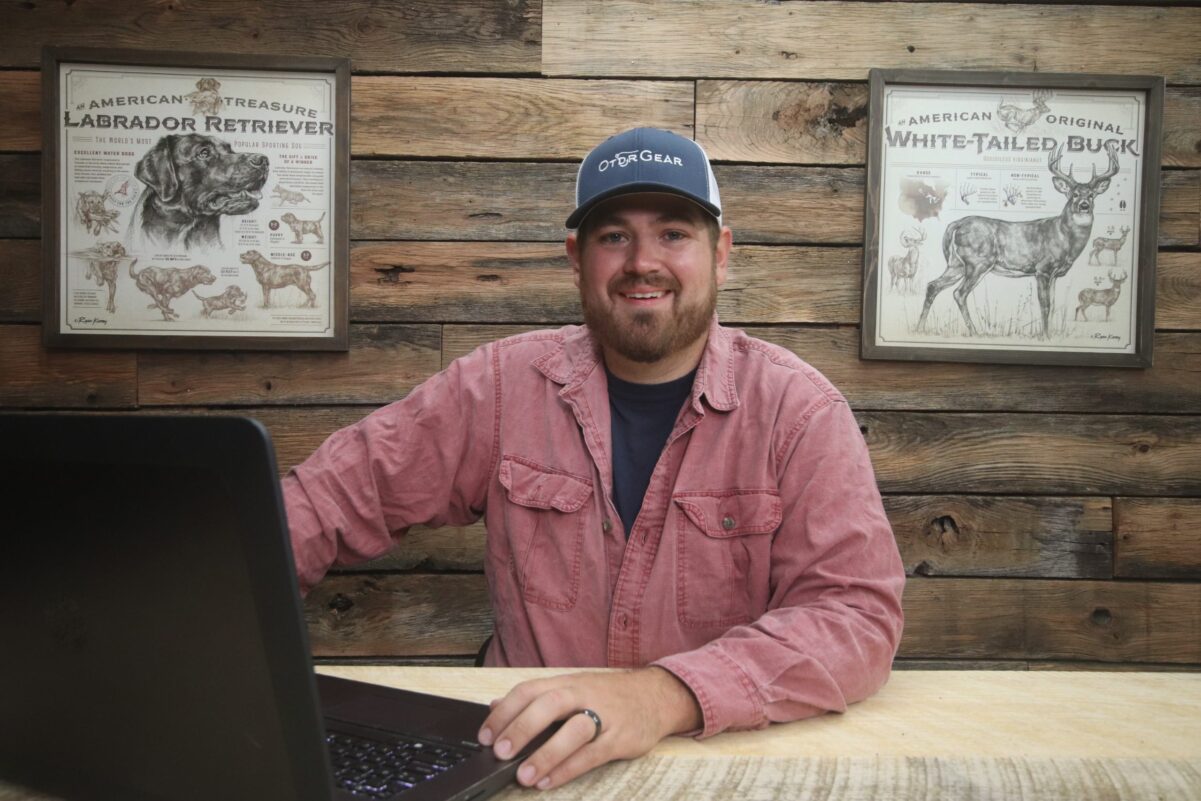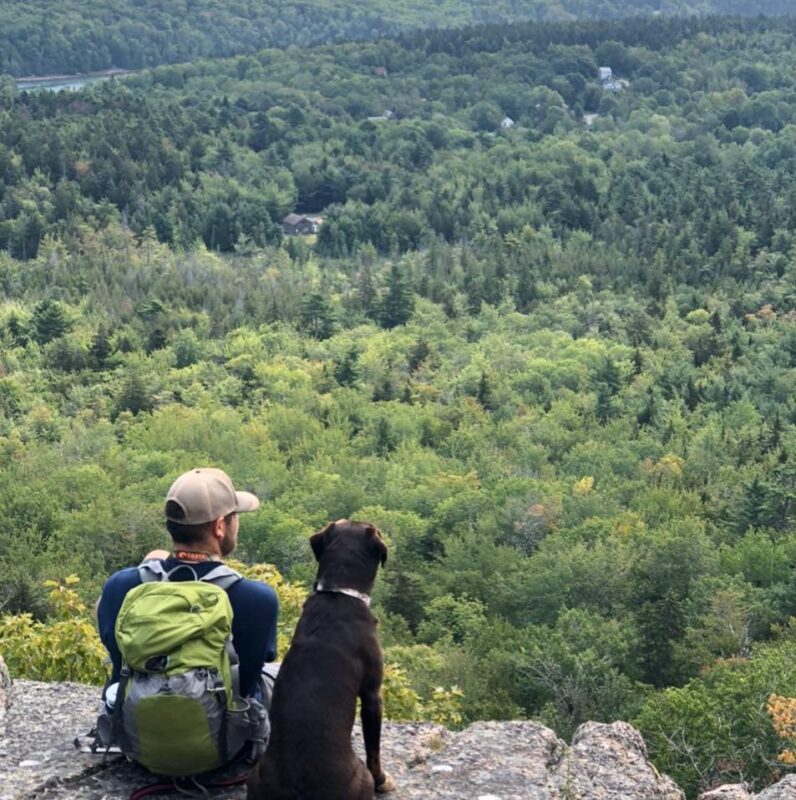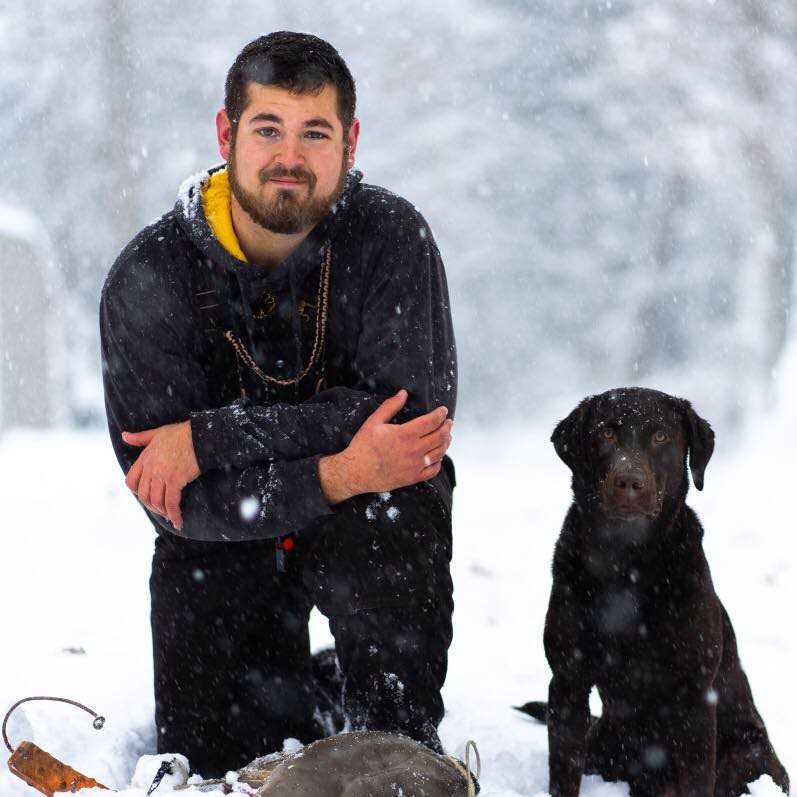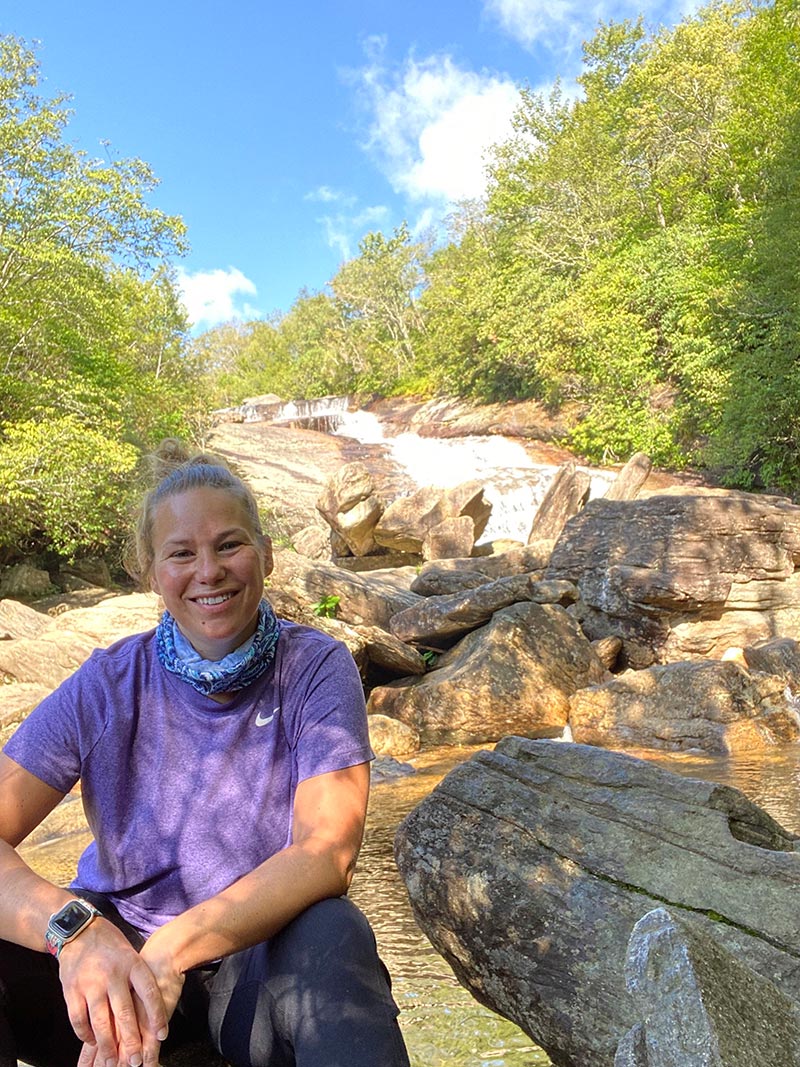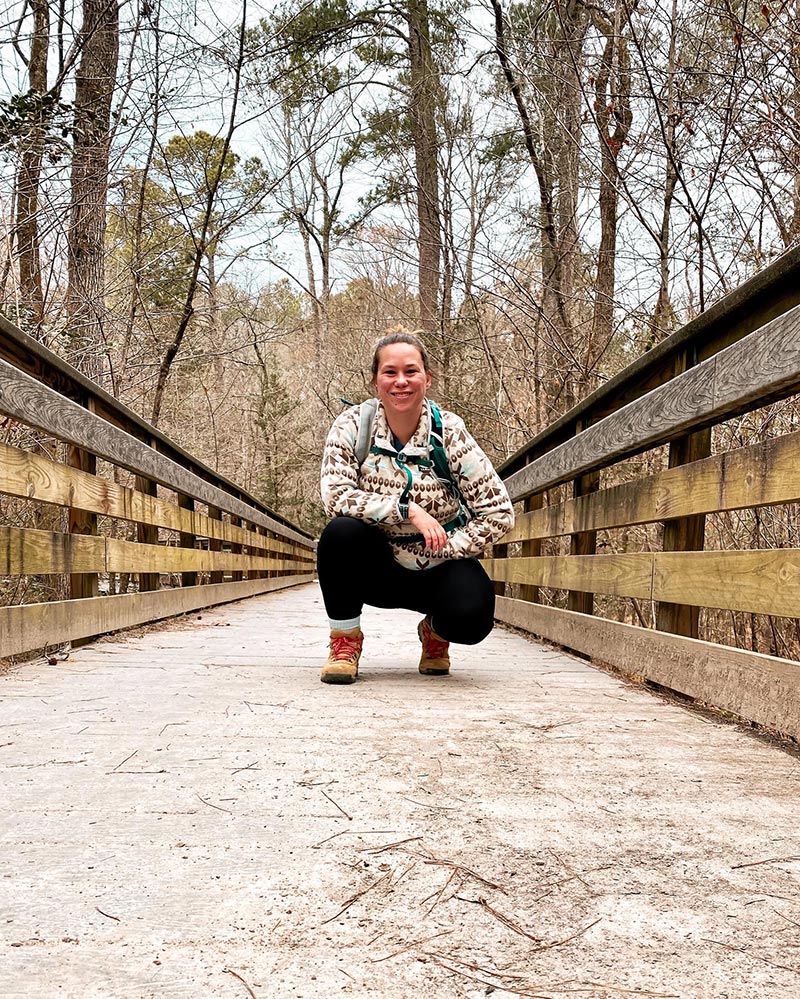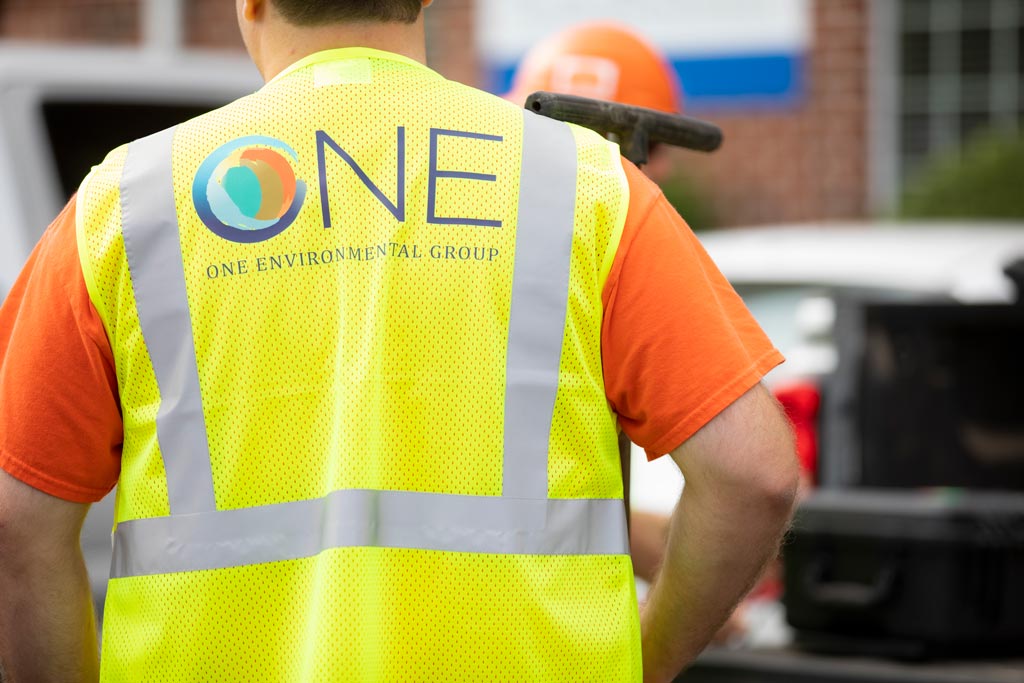At the most basic level, brownfields are idle tracts of land that are either contaminated or believed to be contaminated. Abandoned factories, gas stations, dry cleaners and railyards are just a few examples of the nearly half a million brownfield sites in the U.S. currently.
Expansion or redevelopment of a brownfield may be challenging because of the real or perceived presence of hazardous substances, pollutants or other contaminations. These sites, despite often being in prime locations, may sit dormant for years as the barriers and costs related to cleanup may exceed the redeveloped site’s value.
However, there are many advantages to cleaning up and reinvesting in brownfield sites. In addition to boosting the local tax base and facilitating job growth, redeveloping a brownfield site utilizes existing infrastructure and takes the development pressure off undeveloped land.
The good news is that many state governments are actively encouraging remediation and restoration of brownfields by removing barriers and offering incentives and assistance whenever possible.
For example, the Commonwealth of Virginia implements a brownfield restoration and land renewal policy though programs administered through the Virginia Department of Environmental Quality (DEQ), the Virginia Economic Development Partnership (VEDP) and other agencies.
This includes the Virginia Brownfields Restoration and Economic Redevelopment Assistance Fund (VBAF) established by Virginia code to provide grants or loans that promote the restoration and redevelopment of brownfield sites and address environmental obstacles to reuse.
Grants are available to localities and authorities for site assessment and planning (up to $50,000 as of 2022), as well as remediation (up to $500,000).
Brownfield programs can also include liability relief and tax incentives.
For example, in Georgia, the state’s Small Business Liability Relief and Brownfield Revitalization Act (Georgia Brownfield’s Program) allows for the redevelopment or use of contaminated properties while protecting the buyer from future liability related to previous contamination. Eligible parcels classified as brownfield property are also assessed at 40% of fair market value for ten years, creating significant property tax savings.
In North Carolina, a brownfield landowner is entitled to the partial exclusion for the first five taxable years after qualifying improvements have been completed.
How ONE Can Help
Skilled environmental service providers like ONE Environmental stand ready to help localities more quickly and easily take advantage of funding opportunities, liability relief and tax incentives related to brownfields.
For example, the ONE team helped the City of Fredericksburg, Virginia win EPA assessment grants worth a total of $400,000. The ONE team won the competitive bid to assist them with management and performance of the assessment grants. The Fredericksburg Brownfields Program has been responsible for assessing over 46 acres of property.
ONE used grant funding to complete Phase I Environmental Site Assessments (ESAs) on many sites, reviewing historical documents and regulatory databases about former site use. Additional assessment was performed at the sites, such as asbestos-containing material inspections, limited Phase II ESAs including ground penetrating radar studies and soil and groundwater sampling, and delineation sampling to determine the extent of contamination.
The Fredericksburg Brownfields Program has been responsible for assessing over 46 acres of property, leading to a planned redevelopment for a mixed-use property and a second property planned for reuse as a multi-family residential property.
There are many brownfields redevelopment success stories but navigating state codes and the details of each program can be daunting. Localities, prospective land buyers and other stakeholders would do well to engage experienced environmental service providers like ONE Environmental for assistance.



